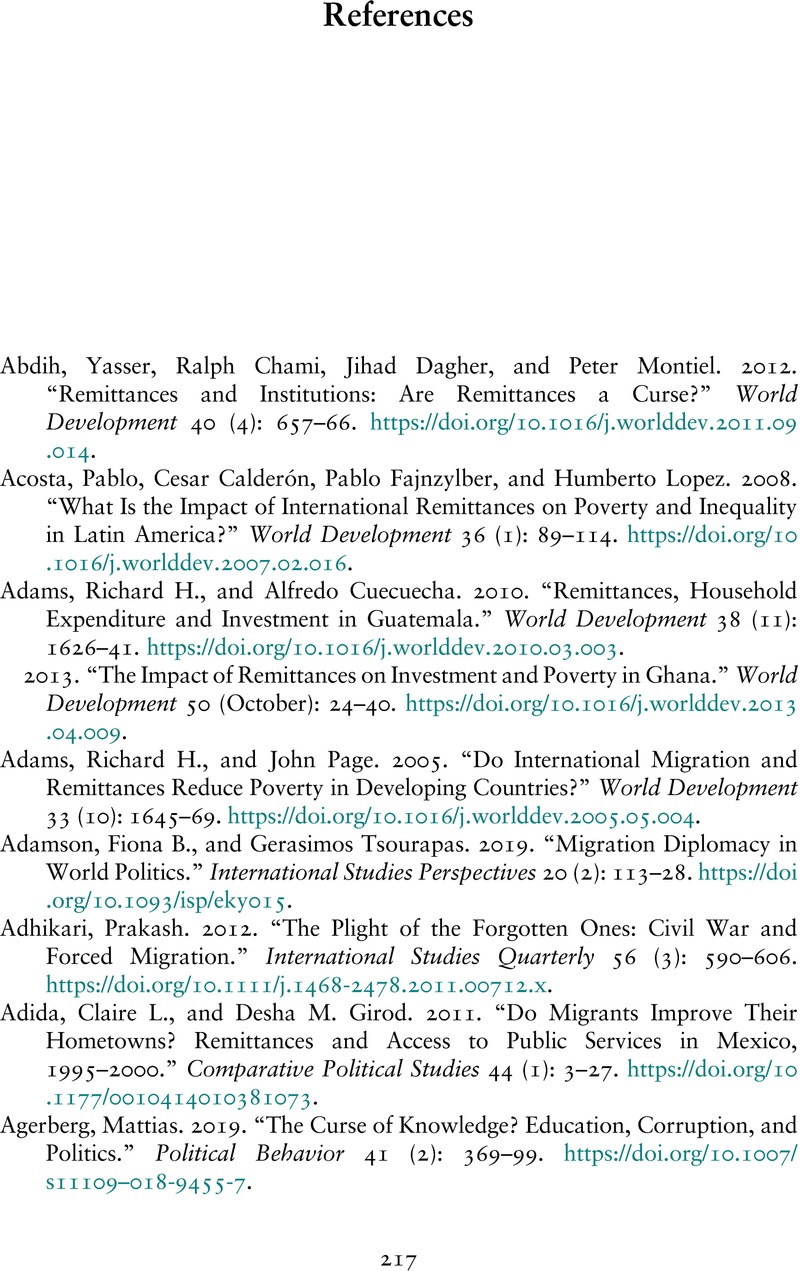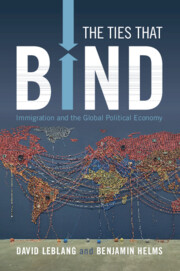References
Published online by Cambridge University Press: 02 February 2023
Summary

- Type
- Chapter
- Information
- The Ties That BindImmigration and the Global Political Economy, pp. 217 - 248Publisher: Cambridge University PressPrint publication year: 2023



